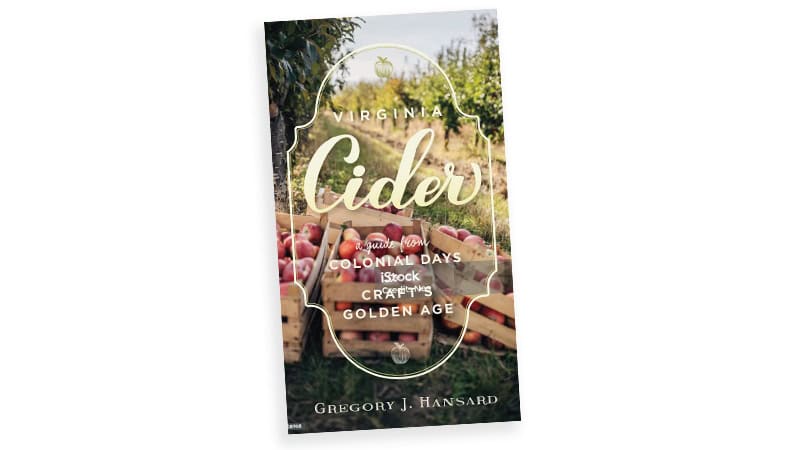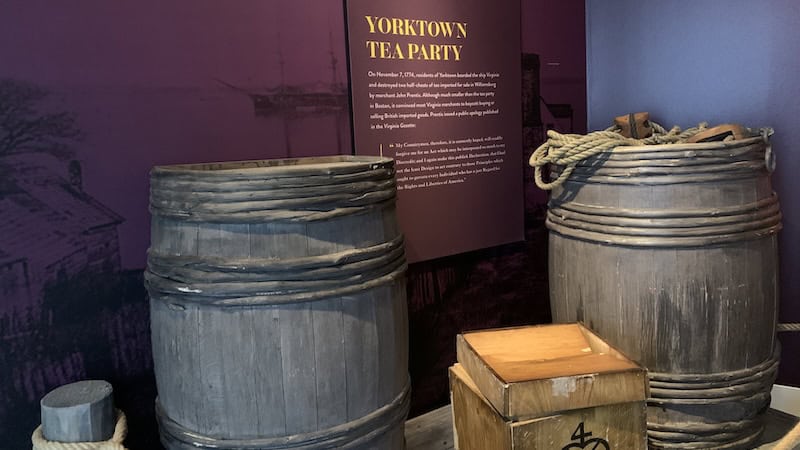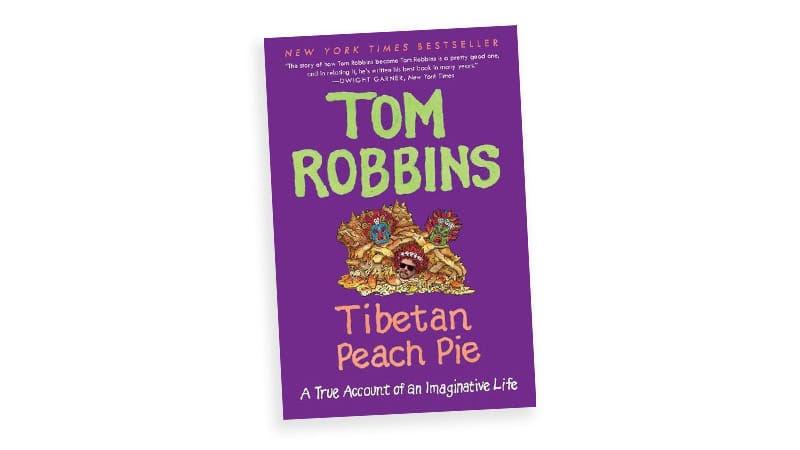‘Virginia Cider: A Guide from Colonial Days to Craft’s Golden Age’
Explore the beverage’s past and today’s Virginia cideries

Enjoying cider doesn’t depend upon knowing its backstory, but deeper knowledge can add to the appreciation. “Virginia Cider: A Guide from Colonial Days to Craft’s Golden Age” by Gregory J. Hansard slices through the history and the craft. It explores cider’s background in Virginia and dives into contemporary commonwealth cideries.
Hansard’s is the second book in the UVA Press series, following “Virginia Beer: A Guide from Colonial Days to Craft’s Golden Age” by Lee Graves. Both follow a similar template, combining history with a guide to contemporary producers.
In his book, Hansard explores the history of cider in Virginia (“cider” meaning hard cider, as is used outside of America), from Jamestown to today. He provides an overview of apples as a fruit and the provenances and tasting notes of varieties commonly used in Virginia. He examines cider production and creative variations and offers suggestions for better appreciation. In the final half of the book, he provides a guide to contemporary commonwealth cideries.
Virginia cider from colonial days
Hansard’s exploration of Virginia cider history takes the reader beyond the basics of Virginia we may have learned previously, which highlight the importance of tobacco as colonial Virginia’s treasured cash crop. The apple didn’t rivaled the tobacco leaf in trade value, but it was an important crop for colonists. Orchards were essential to cultivate and protect, and the fruit was useful for eating and for producing cider, a substitute for contaminated water.
In his exploration of cider in the 18th century, Hansard connects threads of familiar names and places – William Byrd, Thomas Jefferson and George Washington, Charles City County and the Northern Neck, and more. He discusses improvements in cidermaking technology, contemporaneous discussions of the beverage’s health benefits and the contributions of enslaved people.
Just as we often think of tobacco as the colonial crop, we often consider tea as the protest beverage for agitated patriots, but other drinks played a role, too. “Virginians protested England’s tyranny by avoiding British products,” wrote Hansard, citing a Virginia Nonimportation Resolution, including “‘Spirits, Wine, Cyder Perry Beer, Ale, Malt, Barley.’” As a result, colonists increased home production of cider and whiskey, using American corn and apples, thus American-made beverages contributed to the Revolutionary War. From the beginning, “Washington made clear the importance of alcohol to his troops,” Hansard wrote. “In his General Orders on August 8, [1775], he requested that his soldiers’ rations be ‘1 quart of spruce beer or cyder per man per day.’”
Even after the war, the beverage was important in the new nation’s politics, as candidates used it to curry favor with voters.
Further drawing the reader into familiar territory from a new perspective, Hansard looks at the nation’s early leaders and their connections to cider. Cider management at Thomas Jefferson’s Monticello, for example, provides insight into the importance of enslaved labor to maintain orchards and make the cider. Hansard credits the enslaved upon whom Jefferson relied: George Granger Sr. and George Jr. for orchard maintenance and Jupiter Evans for overseeing cider making. Other house servants and enslaved laborers contributed during bottling time – “Betty Brown, Sally, Critta, Betty Hemings, Nance, and Ursula Granger Hughes.” Jefferson’s family members were interested in orchard management and cidermaking as well.
A bump in the road
As with other alcoholic beverages in American history, cider took a plunge then regained footing, but for different reasons. While the temperance movement took down all forms of alcohol, cider was on the downfall before that, as rural families migrated to cities and beer gained in popularity.
Prohibition stopped nearly all legal alcohol production, and small production facilities were practically nonexistent for decade after Prohibition. Barboursville Vineyards opened in Virginia in 1970, and small breweries began popping up in Virginia in the 1980s.
“These trends in wine and craft beer throughout the nation helped to pave the way for cider’s reemergence and eventual revival,” wrote Hansard. Now, Virginia is among the top seven cider-producing states in the U.S. “The cider business has grown from a handful of rural cideries in the 1990s to a robust industry featuring urban cideries and an array of business models.”
Appreciation of the craft and the beverage
The bulk of this book helps consumers build appreciation for Virginia ciders today. Cider begins with apples: milled, pressed into juice and fermented. Each apple variety imparts its own characteristics, so Hansard describes two dozen varieties, including each variety’s provenance and tasting notes.
On how to best appreciate the juice in your glass, Hansard shares tips on tasting cider – noting its appearance, aroma and flavor. He explains how contemporary cideries creatively elevate their products: cofermentations, barrel aging, hopped ciders and adjuncts such as other fruits, ginger and fall spices like cinnamon and nutmeg. He looks at distilling and fortifying cider and at food pairings.
The guide presents 50 cideries, all cidermakers as the book went to press, organized by region. The most 33 significant ciders include the backstory and “Try this” recommendations. The remaining 17 cideries – all newer, smaller, or with cider as a minor part of their business model – receive relevant descriptions as well.
Whether to look at Virginia history from a new perspective or make the most of exploring commonwealth cideries, “Virginia Cide” shows the way.
“Virginia Cider: A Guide from Colonial Days to Craft’s Golden Age”
By Gregory J. Hansard
Rivanna Books, an imprint of the University of Virginia Press, 2024


